
Last month Credit Suisse issued a blunt warning to the processed food industry in general and the beverage industry in particular. The gig is up. Well, they didn’t say that exactly, but there can be no other way to read their pragmatic financial assessment of the state of play in the sugar wars.
The processed food industry has done their best to muddy the waters on the science linking sugar to heart disease, obesity and type II diabetes, but it doesn’t fool the team of 20 financial analysts for one second. You see, financial folks don’t need to worry about the prevailing nutritional dogma or whether they will get the next research grant. All they worry about is money and whether their clients are making enough of the stuff.
They ask if it could possibly be coincidence that Mexico is the third largest consumer of sugary soft-drink and ranked second for obesity. They speculate that maybe, just maybe, the same coincidence could explain Italy at #35 for soft-drink and #25 for obesity. But they are convinced that coincidence can’t be further stretched to explain how in every US State, obesity levels correlate exactly with the total sugar consumed from soft-drink (it varies quite a bit because the denizens of richer states consumer more diet soda and aren’t quite as fat as those which inhabit the poorer states).
Realising that the proving anything in human nutrition is virtually impossible (especially when folks making billions out of sugar are funding a lot of it), the financial wingnuts decide to ask doctors what they think. This is a world first as far as I am aware. They actually asked the doctors treating these diseases at the coal-face what they reckon the cause is. And the results confirm that if sugar’s role in disease is a mere coincidence, it’s got the medicos fooled too.
Eighty Six per cent of EU doctors (and 98% of US doctors) are convinced that sugar makes us fat. Ninety two per cent are convinced it causes Type II diabetes (96% in the US). Four out of five doctors also believe that sugar is addictive. And that’s a bit of a shame because less than 40% of them say they have anything more than minimal training in nutrition. Since they are spectacularly unqualified to help, fully 90 per cent of EU doctors think the government should do something to reduce sugar consumption (but only half of them think it will).
Bringing all this back to money (as is their wont), the bean counters then tally up the winners and losers. They point out that, at $140 billion per annum, the cost of type II diabetes to the US health system is already more than $60 billion per annum higher than for tobacco related costs. Worse than that, it is growing at over $6 billion a year – and that’s just one consequence of sugar consumption. Credit Suisse estimate that up to 40% of the $1 trillion annual US health budget is now being gobbled up in sugar related chronic disease.
Even so, the Swiss number crunchers are fairly certain governments will do absolutely nothing to protect their citizens from the food industry. They point out that sugar is the second most lobbied commodity in the world (after oil). Just growing the stuff employs 350,000 people in Europe (and a further 15 million in China). To them it seems a safe bet that no politician will act to endanger those jobs, let alone the millions of jobs that depend on the down-the-line uses of sugar in soft drinks and processed food.
Unfortunately the victims (that would be us) seem to be getting wise to the link between sugar and disease. And this, Credit Suisse predicts, means that the processed food industry will soon need to ‘self-regulate’ if it is to avoid financial Armageddon (a drop in sales, that is).
In other words, we can expect to see Big Sugar start to behave a lot like Big Tobacco when the alarm bells started ringing about lung cancer. Any reader old enough to remember when the only thing that made a telephone portable was installing it in a car, will surely remember these gems from a forgotten age:
Nicotine is not addictive; the link between lung cancer and smoking is not proven; and the tobacco industry does not target children with its advertising.
They may even feel a nostalgic tear well up as Big Sugar dusts off Big Tobacco’s playbook with these little beauties:
Sugar is not addictive; the link between disease and sugar is not proven; and Big Sugar does not target children with its advertising.
And they’ll no doubt add those tactics to the already ubiquitous ‘blame the consumer’ (it’s all about personal responsibility you see) and ‘disrupt the regulators’ (make sure government committees are stacked with people with strong links to the food industry) which they have already begun to deploy.
Credit Suisse is rather more optimistic about self-regulation than am I. They imagine a future consisting of Big Sugar voluntarily removing sugar and then dancing into the sunset arm in arm with a thin and healthy consumer. But I think history suggests a different path lies ahead.
Solid science linking tobacco to lung cancer was first published in 1950. In 1994, the CEO’s of all the US tobacco companies were still testifying to congress that there wasn’t a problem. It wasn’t until 46 US States successfully bludgeoned them with overwhelming legal force in 1998 that they agreed to pay for some of the harm they cause. Even so the Tobacco companies remain extremely profitable businesses that continue to destroy the lives of hundreds of millions of addicts worldwide.
The science is now in on the links between sugar and chronic disease. Those diseases are crippling our health system and destroying the lives of billions of people. But if the tobacco precedent is anything to go by, nothing will be done about it until someone with very deep pockets takes up the fight. Got a minute Rupert?
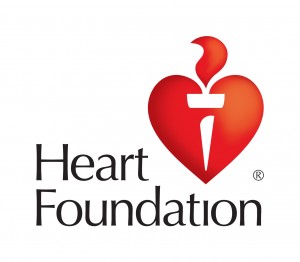
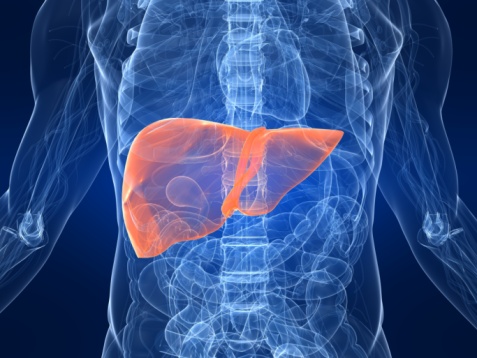
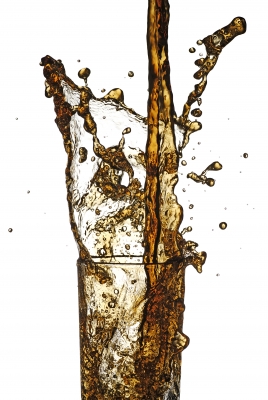
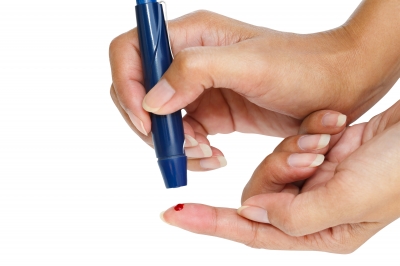

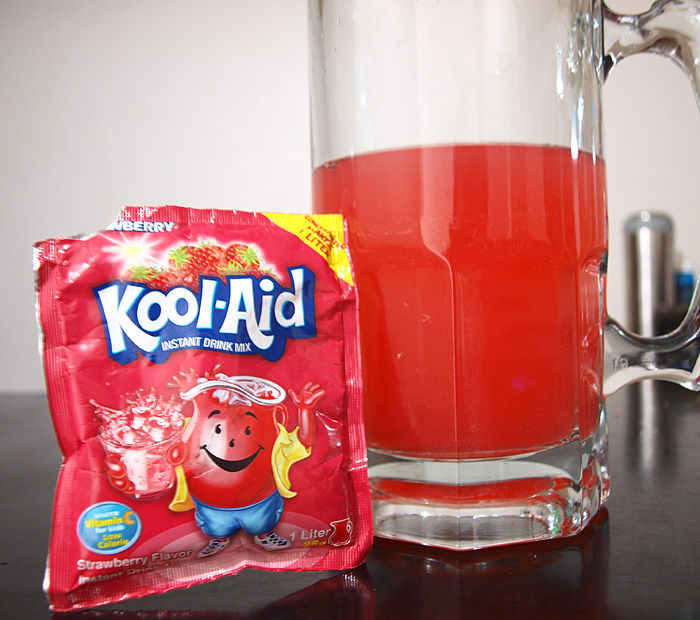
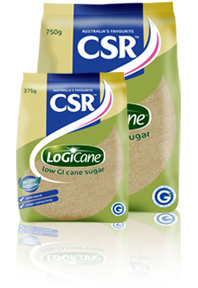











Recent Comments